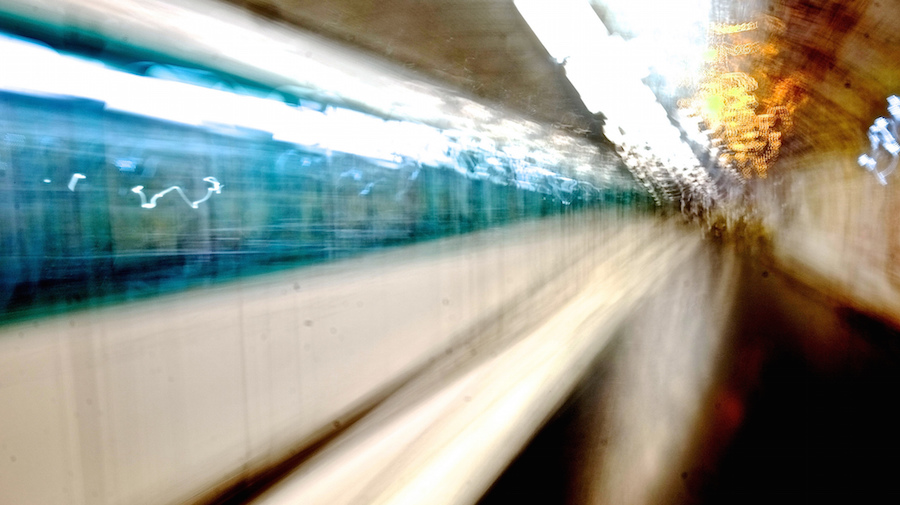In an interview with the BBC broadcast on March 11th, Souleymane S., the man racially abused by fans of the English football club Chelsea on the Paris metro, said his children had been “traumatised by what they saw on television”.
What his children saw was the video of their father being blocked from boarding a metro carriage because of his skin colour. This video was filmed by eyewitness Paul Nolan on February 17th and given exclusively to the Guardian newspaper.
This video has been much lauded — in many ways, rightly so. Mr Nolan’s filming of the event and sharing with the Guardian has directly led to five men being ordered to appear at a magistrates’ court in the UK later this month.
They would likely not be doing so if Mr Nolan had not filmed and shared the video — or if the Guardian’s editors had not seen the value in it. The direct impact of eyewitness video is plain to see.
But what about Souleymane S.? His interview with the BBC speaks of his trauma, of him seeing psychologists. Of him having to explain to his children what happened to him. The Guardian and those news organisations that showed the Guardian’s exclusive footage (we wrote on the implications of the exclusivity deal here) chose not to mask Souleymane S.’s identity when publishing the video.
In doing so, have these publishers — however inadvertently — increased the psychological burden on Souleymane S.? Did the viewer need to be able to identify him? In this case, the publishers had more scope to elect to mask Souleymane S.’s identity. Paul Nolan had chosen not to upload the video to a social media site — but share directly with a news organisation. The decision to publish and in what way lay directly with them.
The day after the incident, Souleymane S. spoke to Le Parisien newspaper. It was during this interview that he saw the film for the first time. “I did not know I was being filmed” he said. He also had chosen not to tell his family about the incident. Before mobile technology, had a television crew stumbled upon the event, he would have known there were cameras there. Now, neither he nor the Chelsea fans had any way of knowing they were being filmed.
This raises an important question of protection for Souleymane S. The open racism of the Chelsea fans was the subject of the story. Souleymane S. was their victim. Did the viewer learn any more because Souleymane S. was identifiable?
In the human rights world, organisations such as WITNESS have thought about this and recommend that eyewitnesses protect the identities of victims of abuses when filming them. International humanitarian organisations also have strict guidelines about protecting identities in photographs they publish.
Kelly McBride at Poynter recently published guidelines for journalists publicly shaming bad behaviour online, as was the case with the Chelsea fans in Paris. Among several questions she suggests journalists should ask themselves when doing so are: Is the target of your shaming an individual or an organisation? If it’s an individual, is it a powerful person?
We would argue that the same questions should apply to the victim of behaviour that needs shaming. Souleymane S. was an individual. He was not in a position of power. He told the BBC that, since the event, “apart from myself, I only see my lawyer, my psychologist. My family are divided because of this incident, and this humiliation I have experienced.”
That the story needed to be told is not in question. This behaviour needs to be called out every time — and it is thanks to people like Paul Nolan and mobile technology that we can do this.
However, news organisations in publishing such content also need to think about the victim and the upheaval that unknowingly being filmed, being identified and being cast into the middle of a media circus can have on them. Being the victim of a horrendous racist attack is something no individual should ever have to go through. In exposing it, news organisations have a duty of care to the victim to ensure their experience is not made worse.



